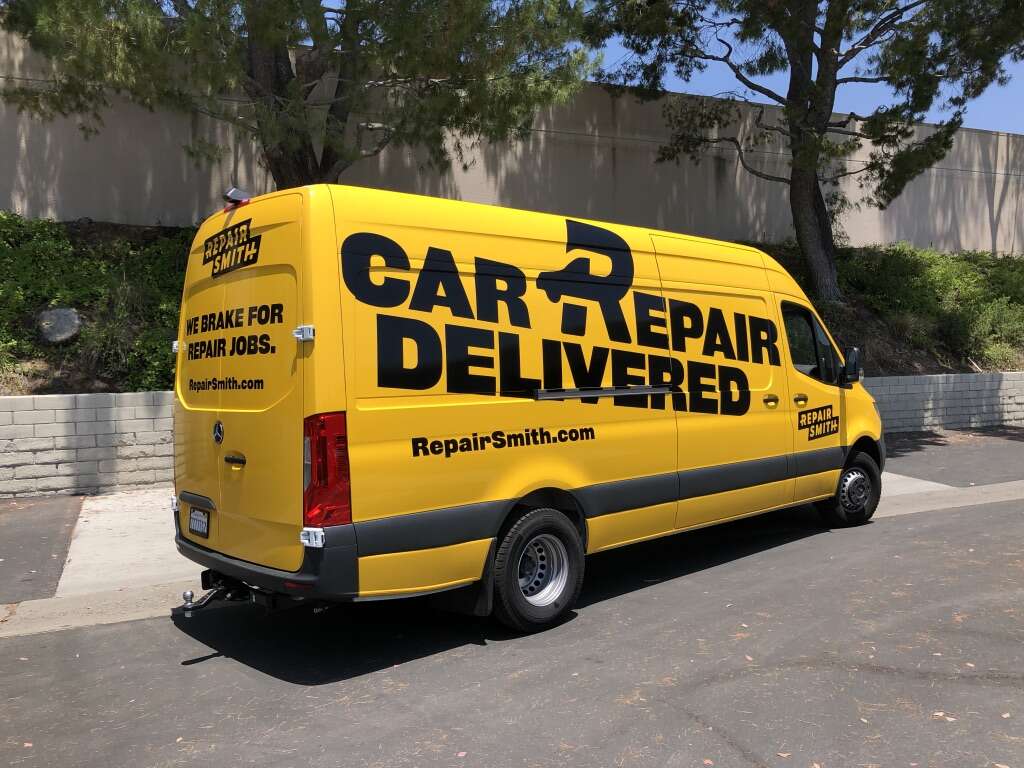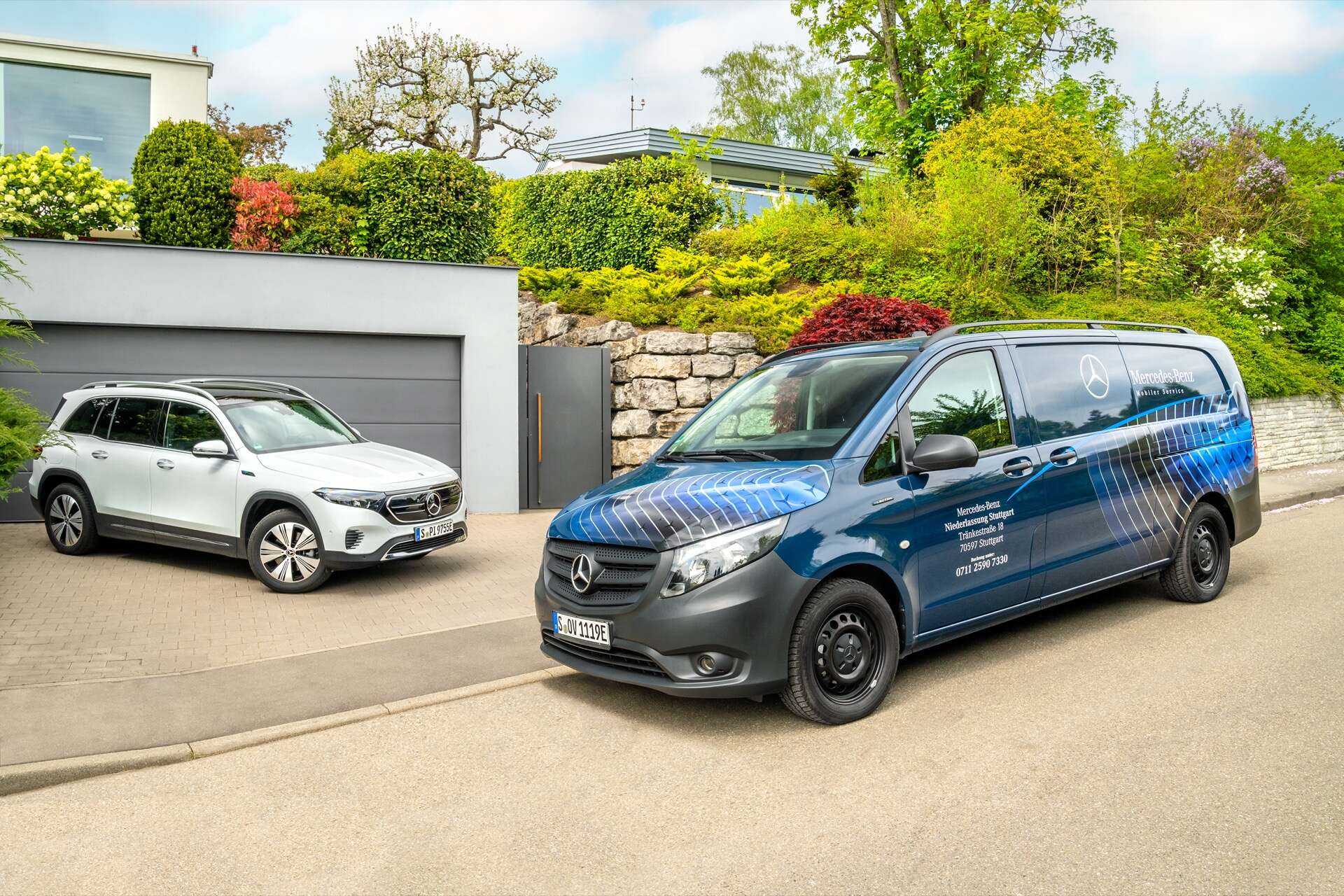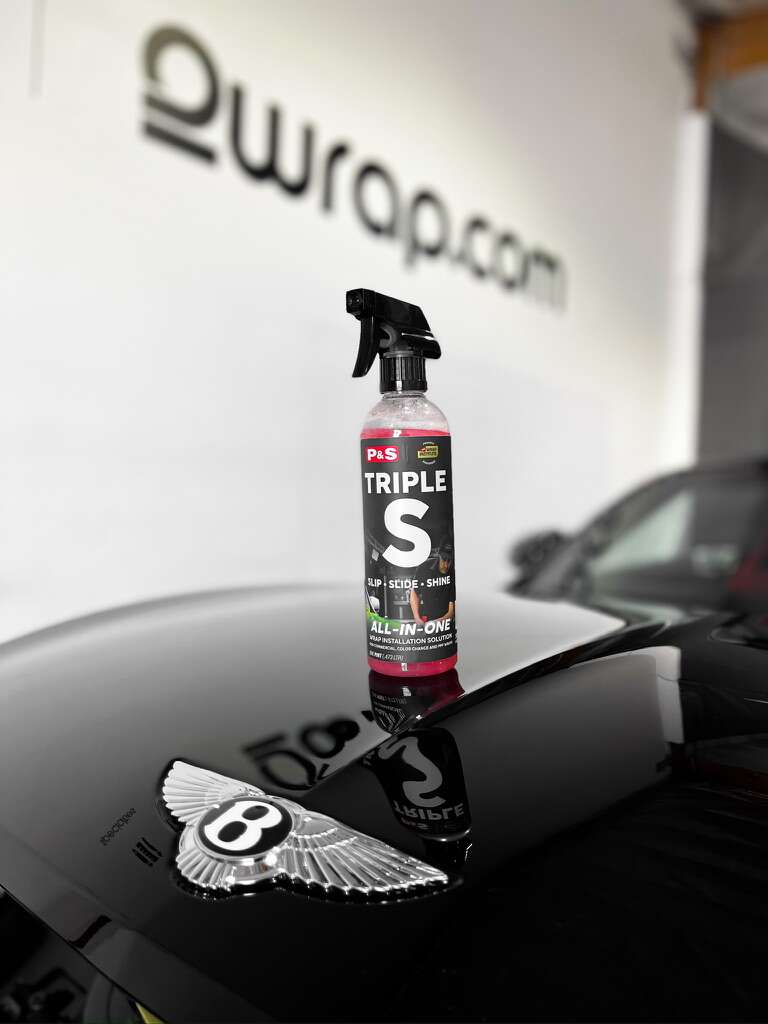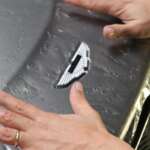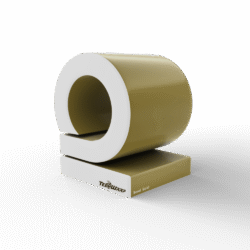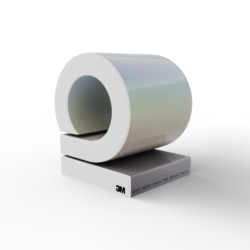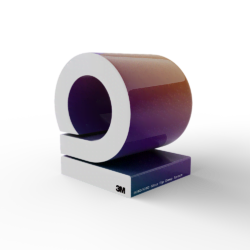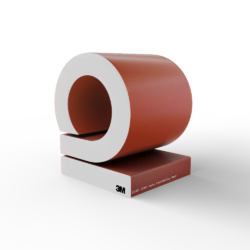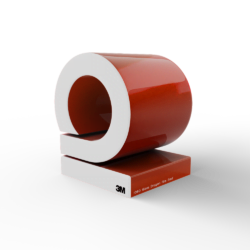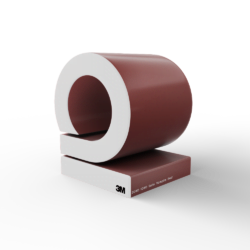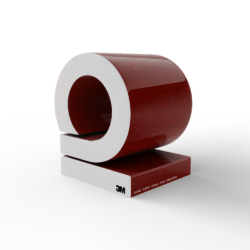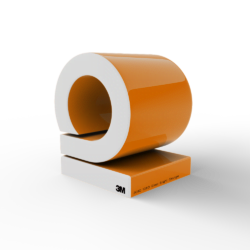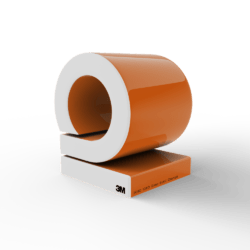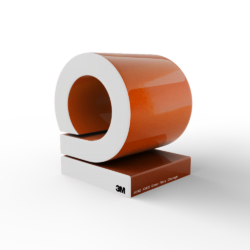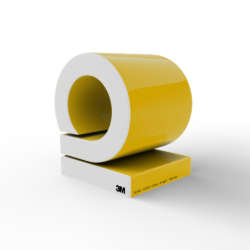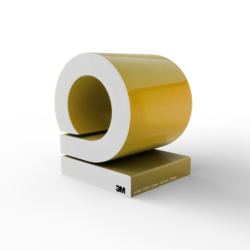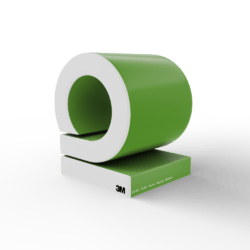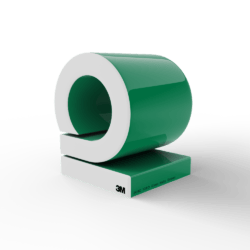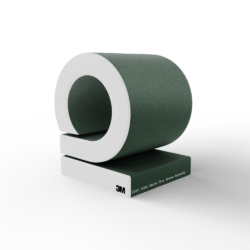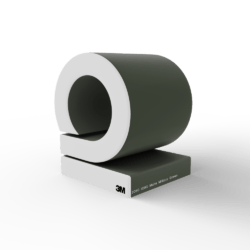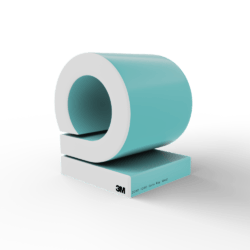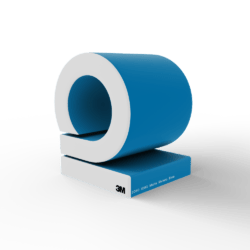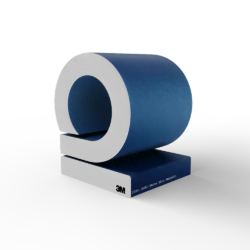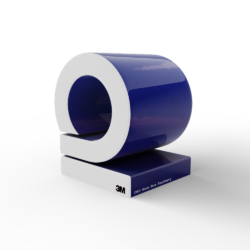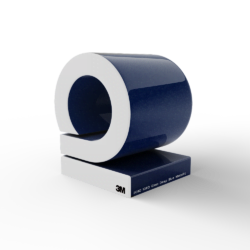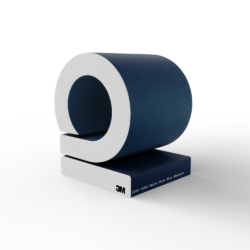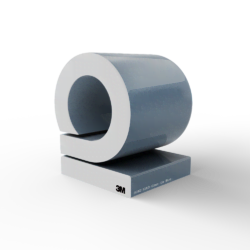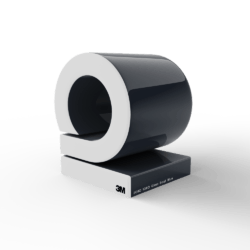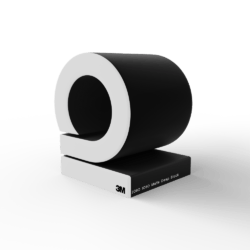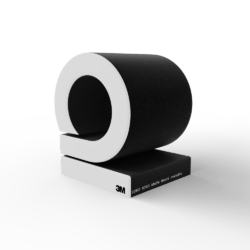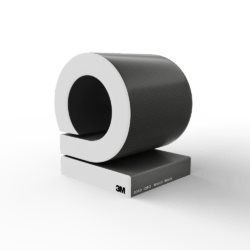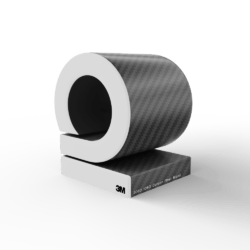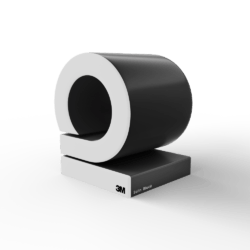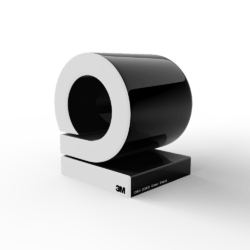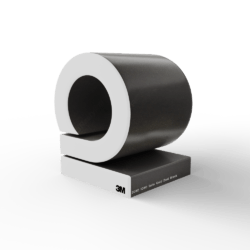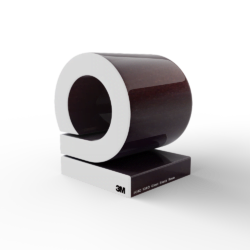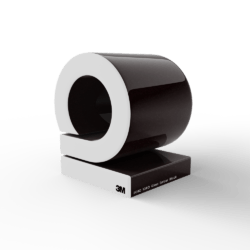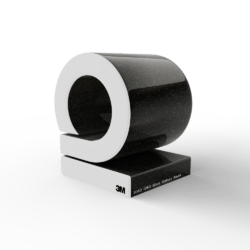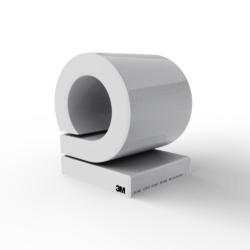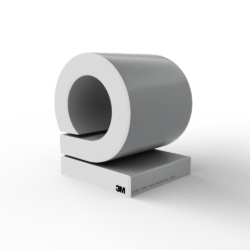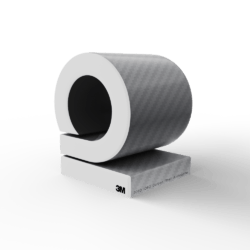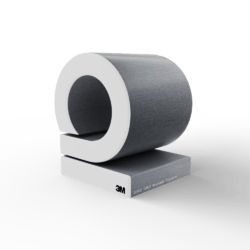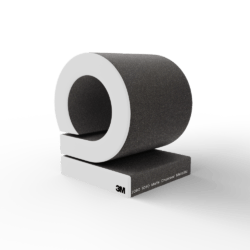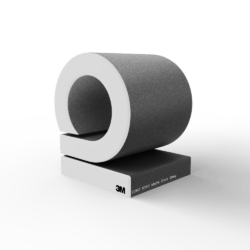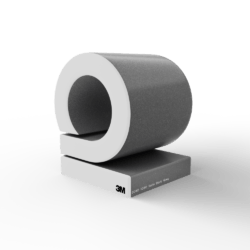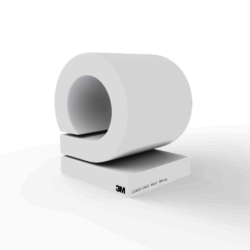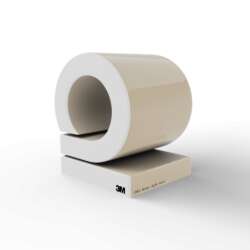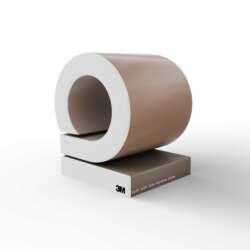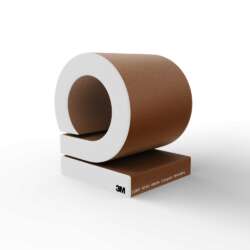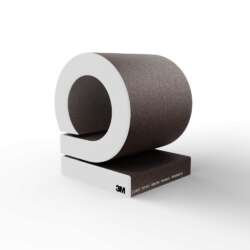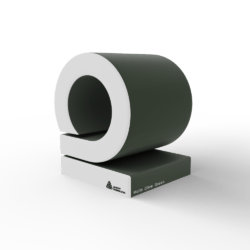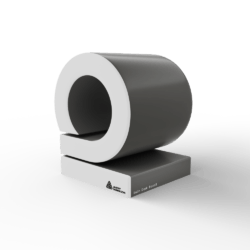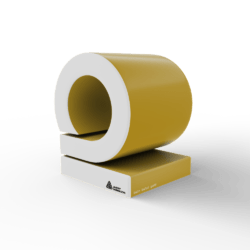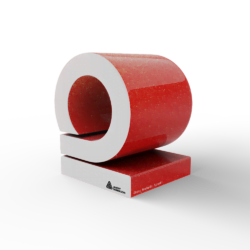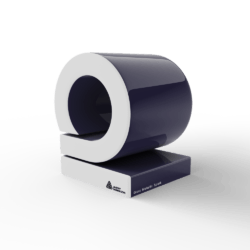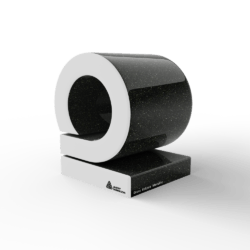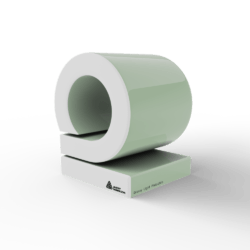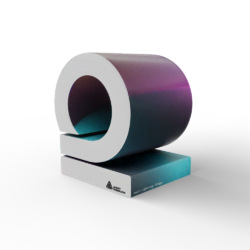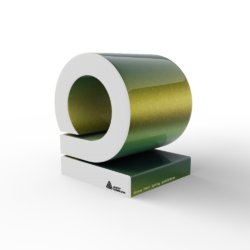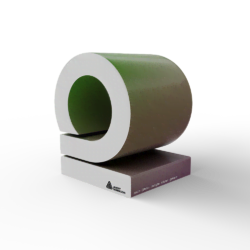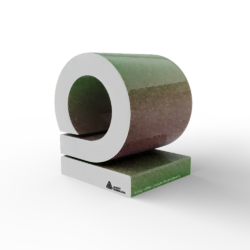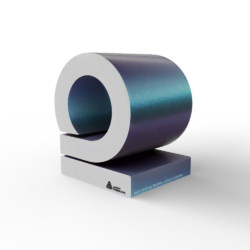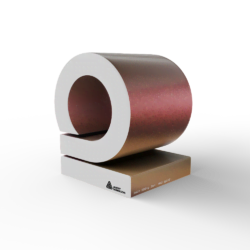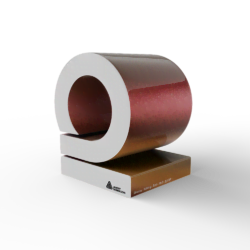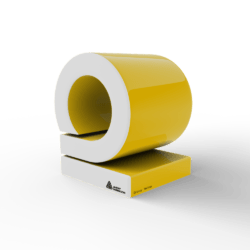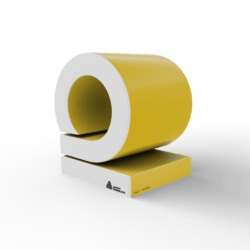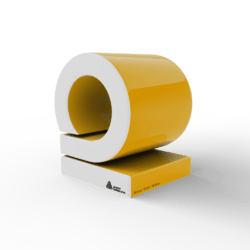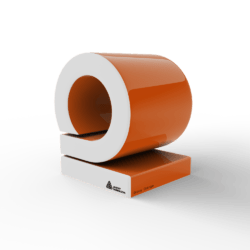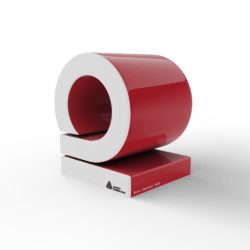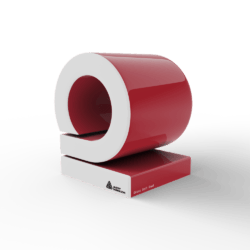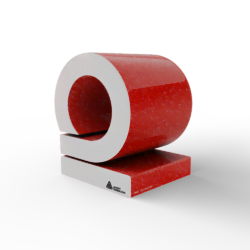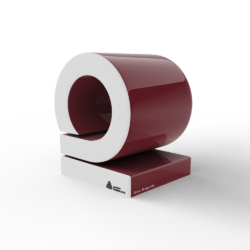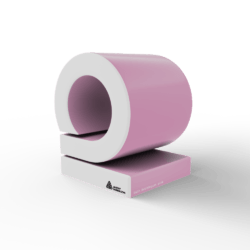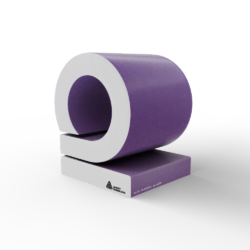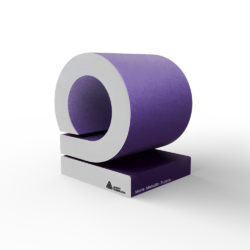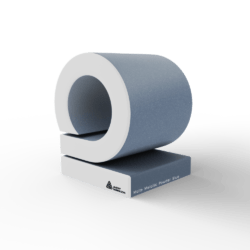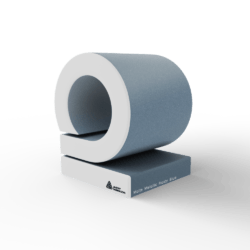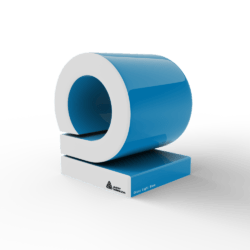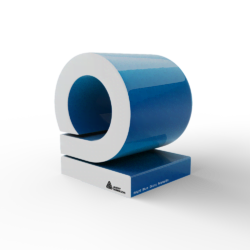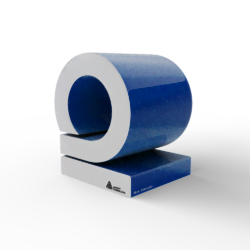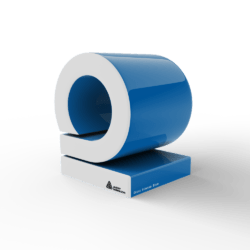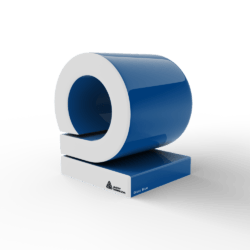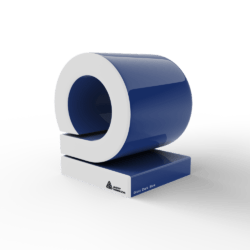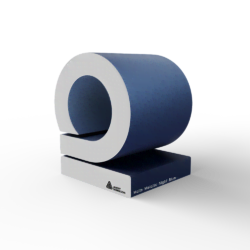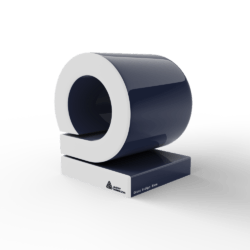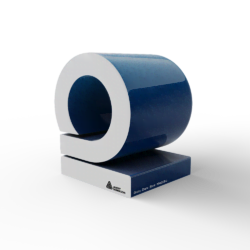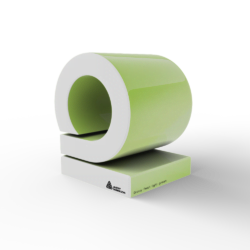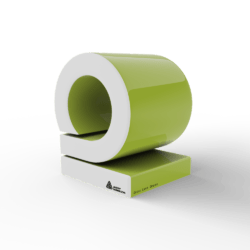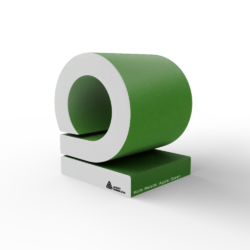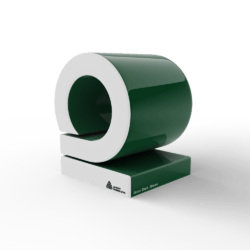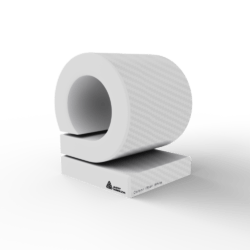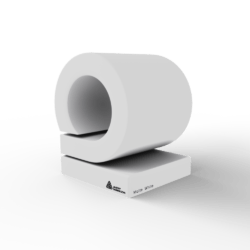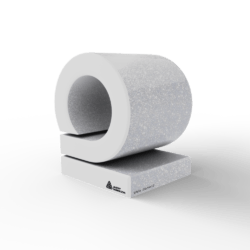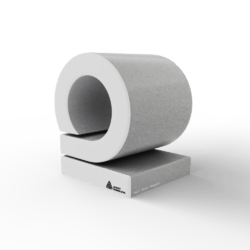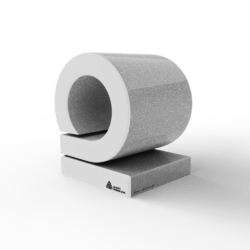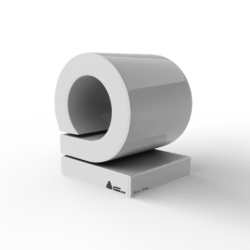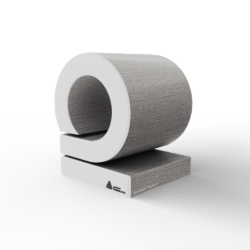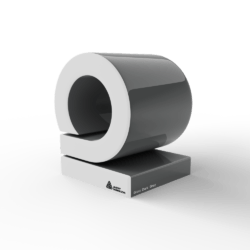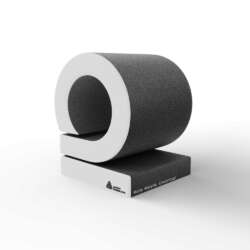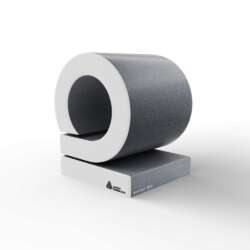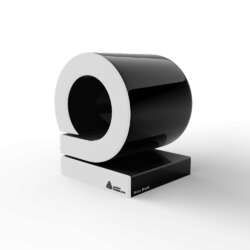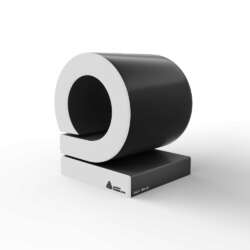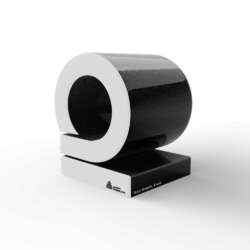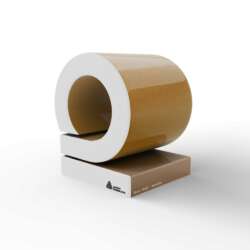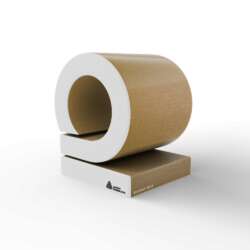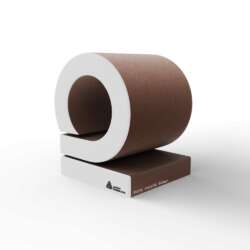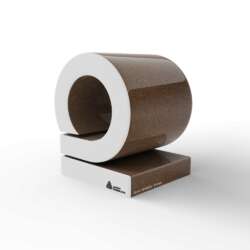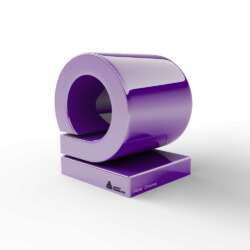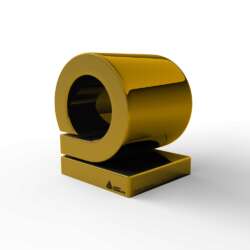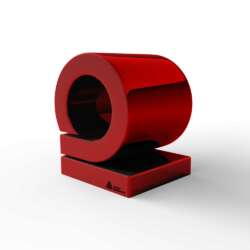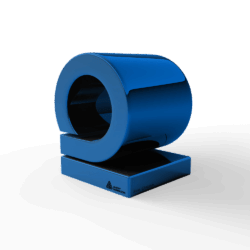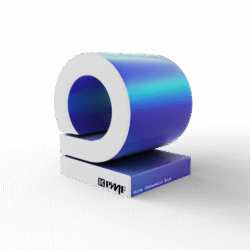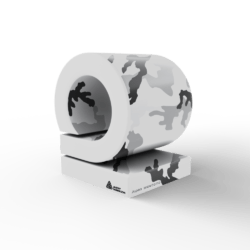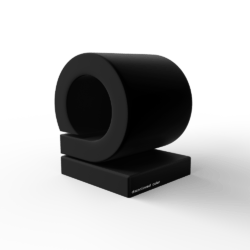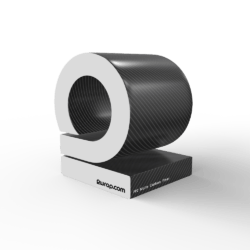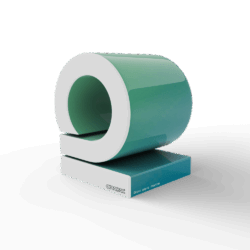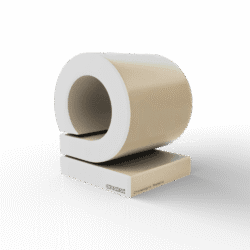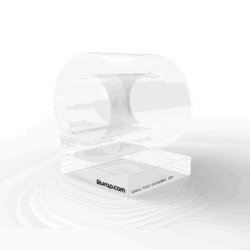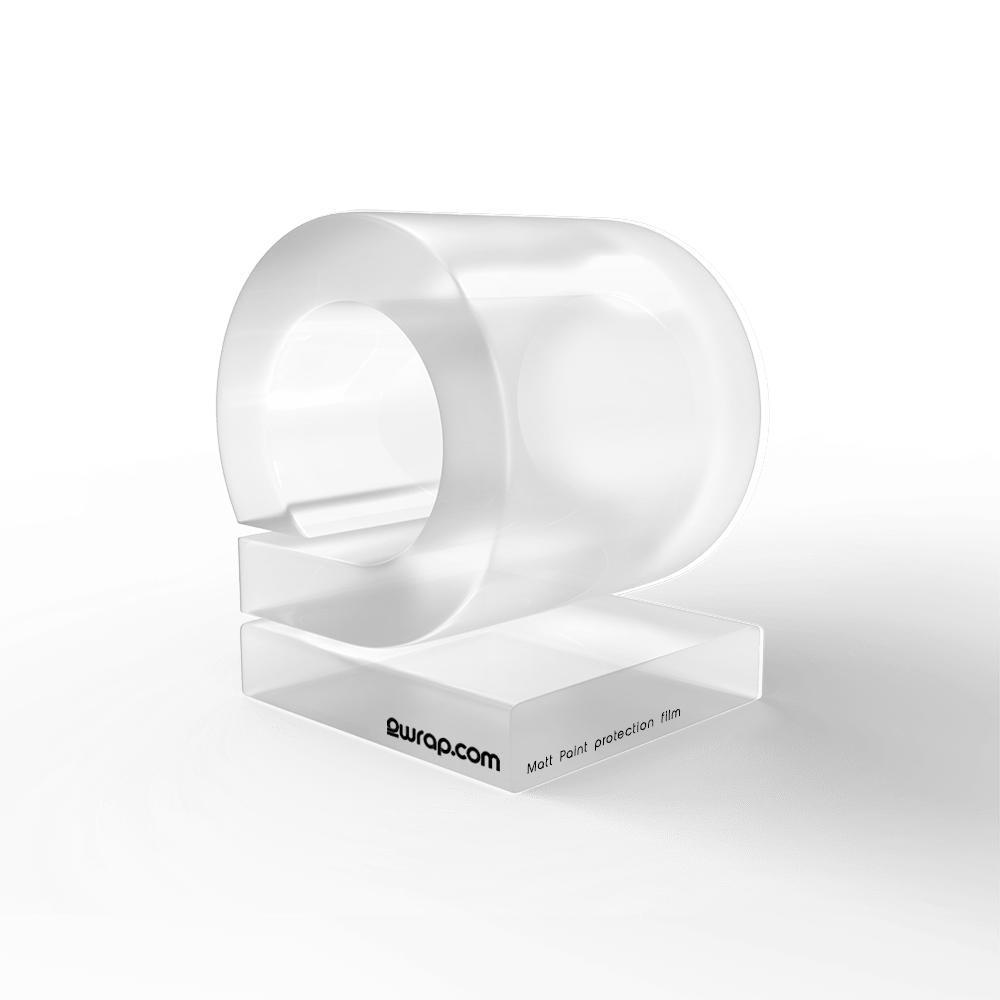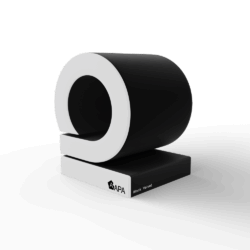Commercial wraps are a fantastic way to advertise your business and make your vehicles look professional. However, achieving a flawless wrap requires attention to detail and avoiding common pitfalls. Many people make mistakes that can lead to poor results, wasted time, and extra costs. Understanding what to avoid can help ensure your wrap looks great and lasts long.
One of the biggest mistakes comes down to selecting the right materials. Not all vinyl wraps are created equal, and choosing the wrong type can lead to problems like bubbling or peeling. Matching the material to your specific vehicle and needs is crucial for a successful installation. Another frequent issue is improper surface preparation. Skipping steps like thorough cleaning or ignoring dents and scratches can compromise the wrap’s adhesion.
Design choices also play a huge role in the effectiveness of your wrap. It’s easy to overcrowd the design with too much text or clashing colors, making it hard for your audience to read and remember your message. Even the best wrap can suffer without proper installation techniques and maintenance. Regular care ensures your wrap stays vibrant and effective in showcasing your brand.
Choosing the Right Material for Your Wrap
Understanding Different Materials
When it comes to vehicle wraps, choosing the right material is essential. Two of the most common materials are cast vinyl and calendared vinyl. Cast vinyl is more durable and flexible, making it ideal for long-term applications and vehicles with complex curves. It’s also less likely to shrink over time, which means fewer maintenance issues.
Calendared vinyl, on the other hand, is thicker and less flexible but more affordable. It’s suitable for flat or slightly curved surfaces and short-term projects. Knowing the differences between these two can help you select the best material for your specific needs.
Matching Material to Vehicle Type
Picking the right material also involves matching it to your vehicle type. For example, if you have a large delivery truck with flat surfaces, calendared vinyl might be the right choice. However, for cars with lots of curves and contours, cast vinyl will adhere better and last longer.
Consider the purpose of your wrap as well. If it’s for a promotional event, a cheaper, temporary material may suffice. For long-term branding on company vehicles, investing in high-quality cast vinyl will pay off in the long run.
Proper Surface Preparation
Cleaning the Surface Thoroughly
Before applying a wrap, it’s crucial to clean the vehicle’s surface thoroughly. Dirt, grease, and wax can prevent the wrap from adhering properly. Use a gentle detergent and a clean cloth to wash every inch of the vehicle. Pay extra attention to areas around trim, seams, and edges where dirt can accumulate.
After washing, rinse the vehicle and let it dry completely. For stubborn spots, using a clay bar can help remove contaminants that regular washing might miss. A clean surface ensures a smooth, bubble-free application, which is key for a professional finish.
Addressing Existing Damage
Existing damage like dents, rust, or peeling paint can cause problems during wrap installation. Fixing these issues beforehand is vital for a smooth finish. Small dents can be filled, and rust spots should be treated and primed. Peeling paint needs to be sanded and repainted for the wrap to adhere properly.
Ignoring these issues can lead to the wrap peeling or bubbling, reducing its lifespan and appearance. Proper preparation can prevent these problems and make your wrap look flawless. For expert advice and professional installation, visit our shop. At 2wrap.com, we offer top-quality commercial wrap services to ensure your vehicle stands out and makes an impact.
Common Design Mistakes and How to Avoid Them
Overcrowding with Text and Images
One of the most frequent design mistakes is overcrowding the wrap with too much text and too many images. While you might want to share all details about your business, it’s important to keep the design simple. Focus on key messages, like your company name, logo, and essential contact information. This ensures that people understand your message quickly, even when the vehicle is in motion.
Instead of cramming in lots of small images, choose one or two high-quality visuals that represent your brand effectively. Keep the overall design clean and not cluttered, which helps your main points stand out more effectively.
Poor Color Choices
Another common mistake is using poor color choices that clash or reduce readability. Colors play a crucial role in grabbing attention and conveying your brand’s personality. However, using too many bright colors can overwhelm the viewer. Stick to your brand’s color palette and use contrasting colors to ensure text is readable against the background.
Avoid colors that blend into each other or make text hard to read. Light text on a dark background or dark text on a light background works best. Test different color combinations to see which ones are eye-catching and easily readable from a distance.
Ensuring a Long-Lasting Wrap
Proper Installation Techniques
Ensuring your wrap lasts begins with proper installation. Always make sure that the vehicle is in a controlled environment, free from dust and severe temperatures. Stretching and placing the wrap correctly can prevent bubbles, wrinkles, and premature peeling. Professional installers have the right tools and skills to apply the wrap smoothly, ensuring it adheres well to the vehicle’s contours.
Properly trimming the edges and overlapping seams in the right way will also help in preventing the wrap from lifting at the edges. These techniques require experience, making it a good idea to hire professionals for the best results.
Regular Maintenance and Care
Maintaining your wrap is just as important as the installation. Regular cleaning will keep the wrap looking vibrant and fresh. Use a gentle detergent and a soft cloth or sponge to wash the wrap, avoiding harsh chemicals that can damage the vinyl. Hand washing is preferred over using automated car washes, which can be too abrasive.
Additionally, inspect your wrap periodically for any signs of damage like tears or peeling. Addressing these issues promptly can prolong the life of your wrap. Applying a UV protectant can also help in preventing fading from sun exposure, especially in sunny locations like Los Angeles.
Conclusion
Making sure your commercial wrap is perfect requires attention to detail at every stage, from selecting the right material to regular maintenance. Avoiding common mistakes can save you time, money, and hassle while ensuring your wrap effectively promotes your business. Choose the right materials that suit your vehicle and purpose, prepare the surface properly, avoid cluttered designs, and follow proper installation and maintenance techniques.
A well-made wrap can be a powerful marketing tool, grabbing attention on the road and helping your business stand out. For expert advice and professional installation, visit our shop. At 2wrap.com, we offer top-quality commercial wrap services to ensure your vehicle stands out and makes an impact. Let us help you achieve a flawless wrap that lasts.
 Reference Letter Aquila Yacht
Reference Letter Aquila Yacht carwrap simulator
carwrap simulator 3D CARWRAP CONFIGURATOR
3D CARWRAP CONFIGURATOR
